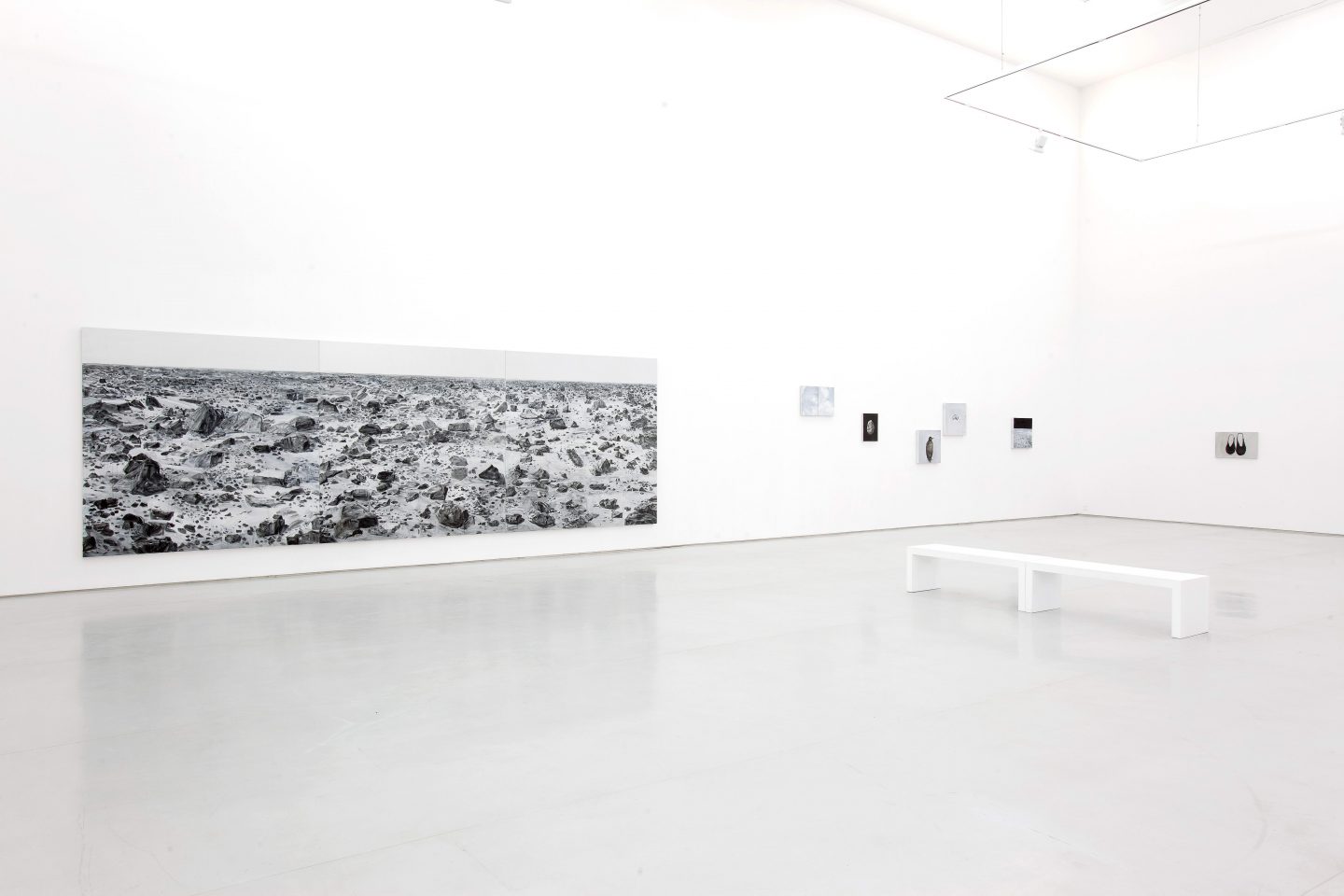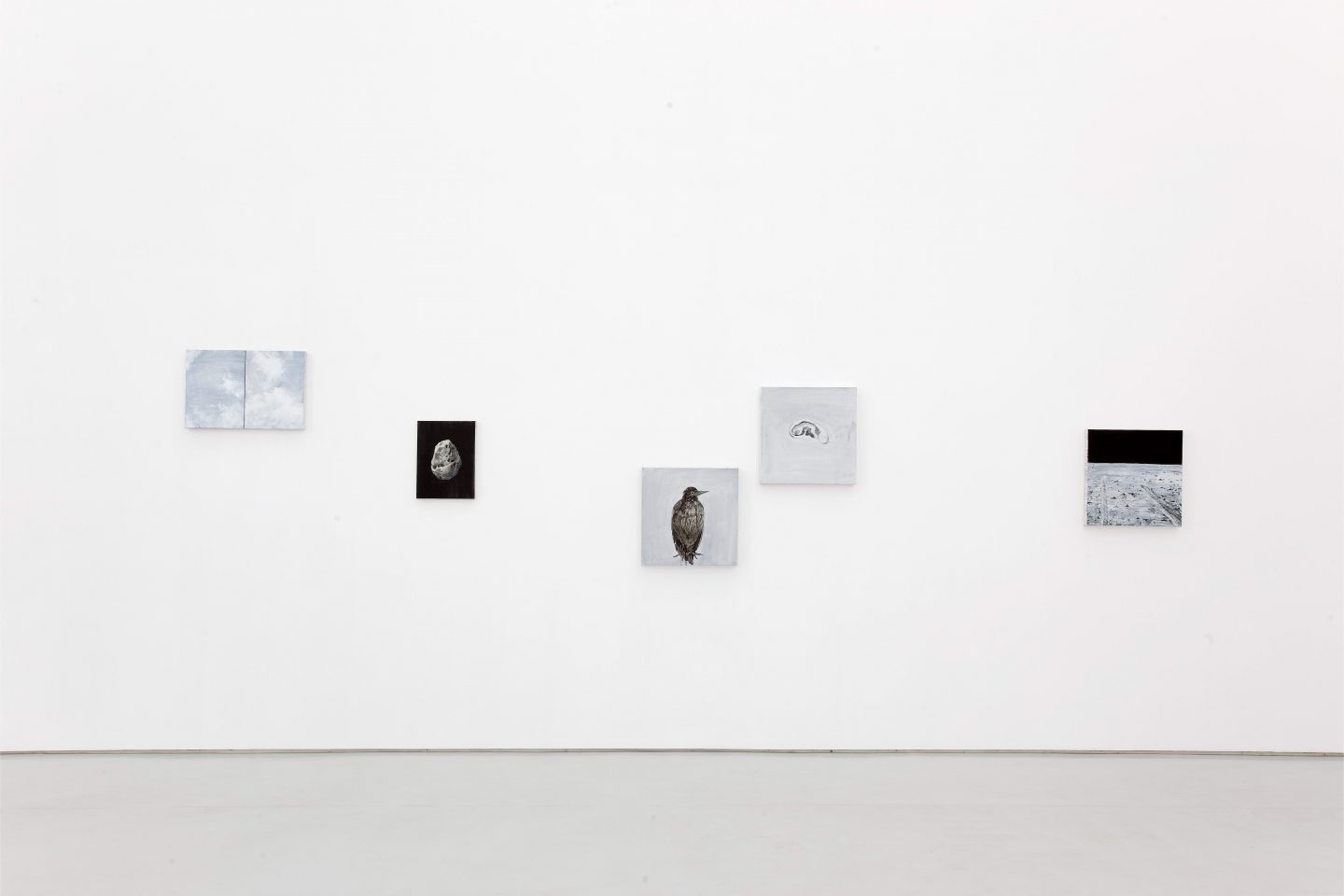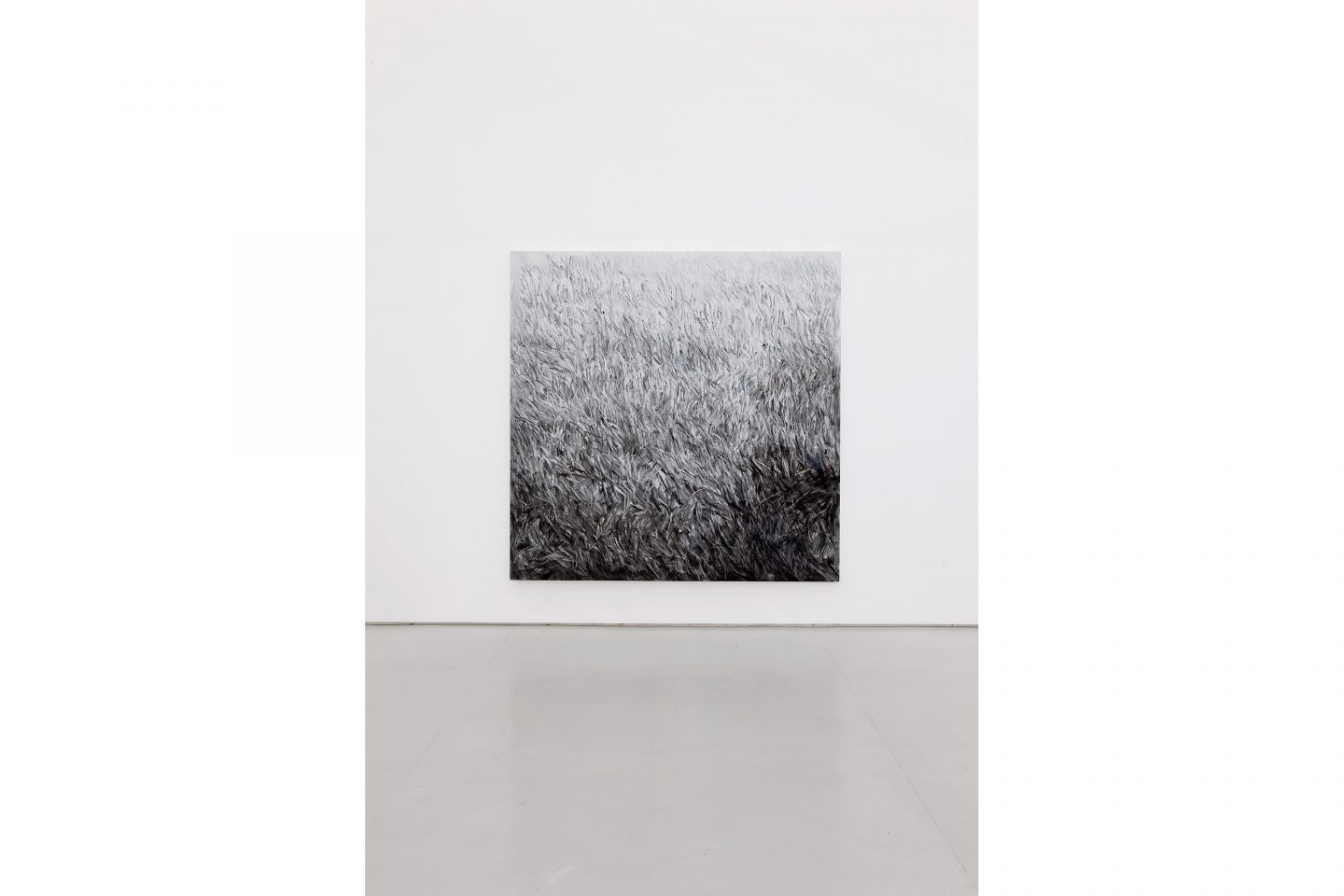



Palomar by Shi Zhiying
Text by Zoe Zhang
Ⅰ. Grass
What’s the difference between the blade of grass ahead and the one after? And the blade at the left and the right? Or that in the distance and nearby? Or the blade in the center and the others?
Facing the lawn in front of me, I tried to tell the differences between each blade of grass. But at the meanwhile, I began to ask myself, was that a mawkish thing trying to distinguish them? Was my thinking really that important? Did it make any sense? Well, I began to disdain myself.
A blade of grass was almost the same as another; soon I forgot their differences, and got bored of my conduct, and at last, I gave up. I held a bunch of grass and took a look at their roots. Grass was really too flourish for me to find any crevice to see the mud under it, or the crawler I feared. That was great!
I was looking for a space of my own all the way, only me there, so I kept walking until the village had already been left far behind, and the road and the silver birches along it disappeared from my sight. Until later, I found a piece of lawn, and I lay down. My heart calmed down, but only a few seconds later, the serenity was substituted by questions: did this lawn belong to me? Or to the grass itself? Should I keep walking? And where would I go? Should I just lie here forever and wait for the grass growing all the way up, piercing my body, my arms and ten fingers, and finally burying me? Could I be sure whether I was alive or dead then?
The grass on Mr. Palomar’s lawn was of one kind, and it lived there objectively as a plant. Mr. Palomar could not count its quantity in mathematical way, and eventually the calculation would turn out to be useless and meaningless. Calvino employed Italian language to describe the grass in Mr. Palomar’s eyes, and it was the grass bearing Calvino’s style and his personal experience and subjective emotion. Calvino started with grass and later expended to the cosmic space, from the uncountable nature of grass to the boundlessness of the cosmos. While Shi Zhiying’s Lawn utilized drawing language and deconstructed the grass in literature. This grass dissociated from the textual narrativity and the ontology of reality, and realized the everlasting change from figurative – abstract – figurative. I viewed Shi Zhiying’s Lawn – the reoccurrence of familiar sentiments. I thought grass was an answer, but the answer did not really exist; I thought grass was now far from my life, but it had already spread on my entire life. Reality and imagination, to be or not to be, sense and sentiments, and future and uncertainty had already deprived me of the interest and ability of distinguishing things; the differences between one blade of grass and another no long made any sense.
Others are not me, so how could they understand the grass in my mind? I’m not Shi Zhiying, so I could never know the grass in her heart. Shi Zhiying is not Calvino, so how could she see the grass in his heart? Calvino is not Palomar, so how could he know the grass Palomar saw? Palomar is not grass, so how could he know that the grass is or is not grass?
Ⅱ. Meteorites, and other natural things
According to the explanation in the dictionary, meteorites are the unburned meteors from the outer space. These stony, irony things or mixtures of stone and iron escaped from their orbits and scattered onto the surface of earth or other planets in the form of fragment.
Our cognition of meteorites is always from second-hand information, including the annotation above. However, when facing a cold hard stone with trauma on its surface, and thinking from a stone to the whole universe, from the whole universe to every living thing, human beings are evoked with many association: about meteorite’s collision with the earth, about the origin of mankind, about the boundaries of the universe, about the existence of the 11th dimension, about the relationship between the ever deteriorating climate and natural environment, about the future of the earth. Human beings are accustomed to add their own inner feelings onto such association, to get the consolation and bailment of their soul. Does such immaterial experience added without any foundation, such curiosity and reverence human beings hold about the unknown, and the expectation and anxiety for future verify the tininess of human beings and the fragility of life in the face of nature?
Once I asked Shi Zhiying from which planet these meteorites came. I guessed they were from the surface of the Mars, but to Shi Zhiying, it did not need to be a certain planet. It might be the Mars, but why couldn’t it be the earth? It’s not where the stress falls; the important thing is, to Shi Zhiying’s understanding, as a certain material, meteorite itself has already got much connotation, and we do not need to add or subtract anything anymore. Natural things have their own power and wisdom, and all we need to do is to face them quietly, and sense this power. “I wish I can face things quietly, attentively and sincerely; like when I talk with some one, I would look into his/her eyes. I also treat painting and the objects I paint sincerely. I’m communicating with them.”
Most of Shi Zhiying’s paintings have something to do with natural things besides meteorites, and it’s inseparable from the content of “Palomar”. However, the content of this novel has already alienated from Shi Zhiying’s works. If the real substance in the objective world is the existence of material, then “Palomar” has already become a mirror, and what the readers get is only the first mirror imaging of these objects. After being translated from another language and added with the translator’s own language style, the thing that the Chinese version of “Palomar” shows to Shi Zhiying is already the second imaging. Shi Zhiying likes to read “Palomar”, and some details described in the book are transformed by her though, and then the grass, the sea, the moon and the meteorites presented to the viewers are already the fourth imaging. The mutual reflection between one image and another is just like that between one mirror and another. Viewing Shi Zhiying’s works, the viewers are like stepping into a room full of mirrors, and which is the objective material, which is the illusory image, or which is the imaging of an image? Subject and object, reality and illusion, illusion and illusion; all confuse and disorient the viewers visually and spiritually.
Ⅲ. Something out of nothing
There is a very distinctive characteristic in Shi Zhiying’s works: the colors are simplex and light. In her works such as “Lawn”, “Sea” and “The Classic of Tiny Things”, the original colors of all the objects faded, leaving only black, white and grey. “I heard the new born baby was very sensitive to black and white in their first two months, but not so sensitive to the gray scale of other colors. What the baby can sense is the truest thing. What’s more, even if there are only black, white and grey in my works, they are not monotonous or flat.”
Which color is the true color of an object? We see the grass is green, and the grass is really green? And the sea is really blue? According to the theory of physics, colors are the results of the absorption of visible light by objects, and the generation of colors is on the first place related to the physical interaction between light and objects through absorption, transmission, scattering and reflection. The wavelengths of light that human beings, drosophilae, frogs and dragonflies receive are different, so although we face the same world, the colors of the world or the same object we see could be different. Which is the true face of an object? What we are contacting all the way through is only false appearance? If so, why don’t we just face the black-white-grey grass and oceans, meteorites, or even daily items? A pair of shoes, a book, a can of foie gras, etc. Maybe we could feel more real, or get closer to realities.
Ⅳ. Heaven · Earth
Calvino said, he originally planned to write two figures, like day and night, sky and earth. But later the two became one and that was Mr. Palomar. Shi Zhiying’s works depict two worlds with delicate strokes: heaven and earth. She is ever looking for the lightness of soul and spirit between heaven and earth, and that’s the impression she wants to deliver to the viewers through her works.
“One should be light like a bird, and not like a feather.” – “And I would like to employ the sentence Calvino borrowed from Paul Valery in his Six Memos for the Next Millennium.” said Shi Zhiying.



